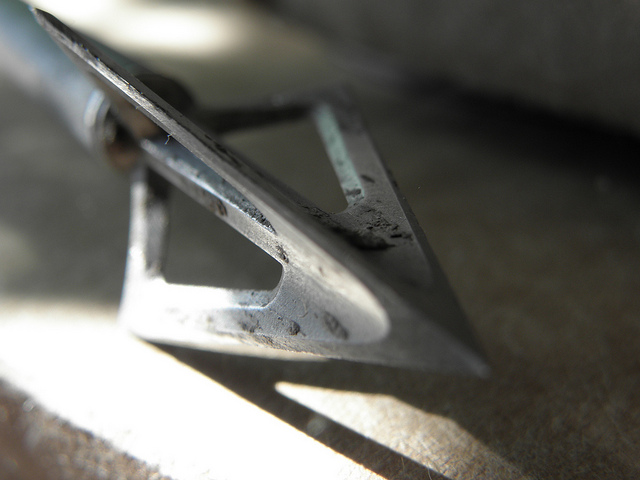The best broadheads are used for hunting. A fixed broad head is one that does not have any moving parts. These are the most common and simplest to use. Some broadheads will be one piece and others can have changeable blades. These things are super sharp and you always need to handle them with care. So let’s get on with it shall we. I’ll cover mechanical broadheads in another article as they are very different and deserve their own space.
The links below are to Amazon. They are affiliate links, but will not cost you anything. I truly appreciate you reading these tips and I wish you the best in your archery experience. There is normally several different grains to choose from so I have just linked to one and you can choose the grain you prefer from there. I shoot 125 grains, but that argument is for another day.
Points on all broadheads
- All broadheads will be damaged if you shoot a rock, tree, and lots of other things. These are designed to go through an animal, not hit very solid objects. These can be damaged if they hit a rock after passing through an animal, so keep that in mind.
- Most if not all broadheads can be re sharpened.
- Many people say broadheads fly different than target points. So far, I’ve been lucky enough to only see very minor differences, but yes it can and does happen.
- No type of broadhead will ever make up for good shot placement. Accuracy is still the most important.
- I recommend shooting field points of the same grain as your broadheads to help lower shooting differences.
The 5 best broadheads
These are the best broadheads, fixed at leat, that I know of. Be sure to choose which grain you’d like to shoot. I found the easiest thing is to buy different field points in different grains to see which one worked the best with my bow setup.
To your success and accuracy in archery (and hunting in this case).
